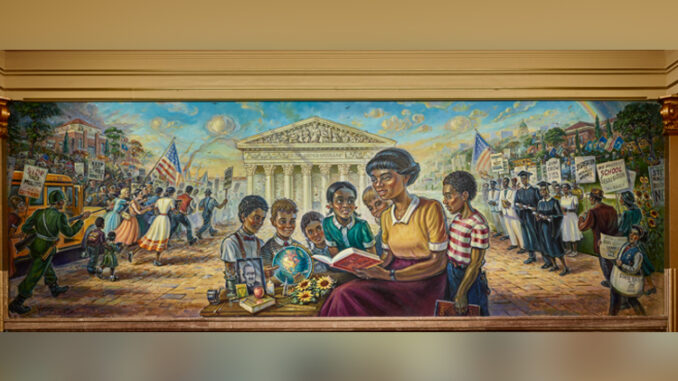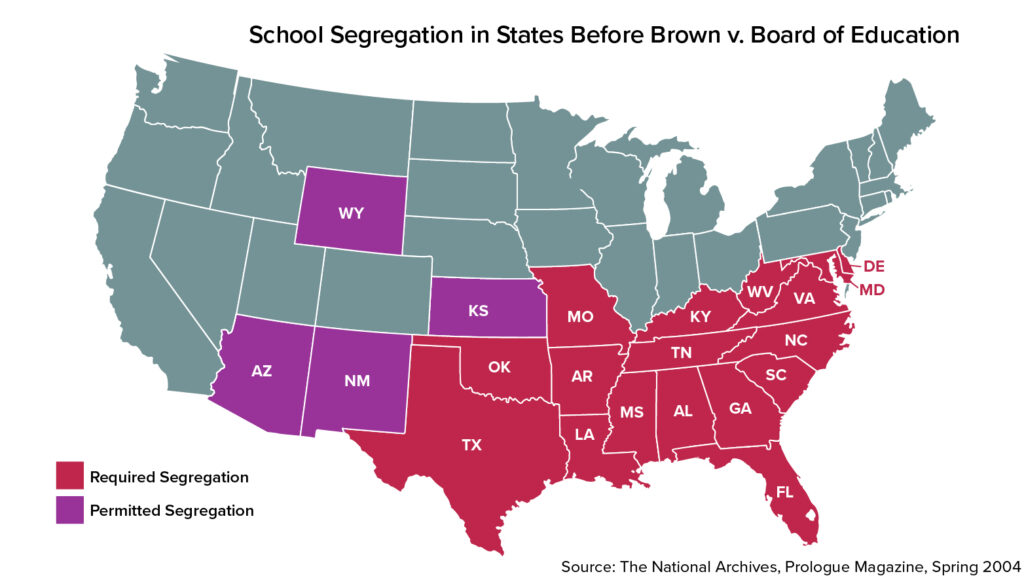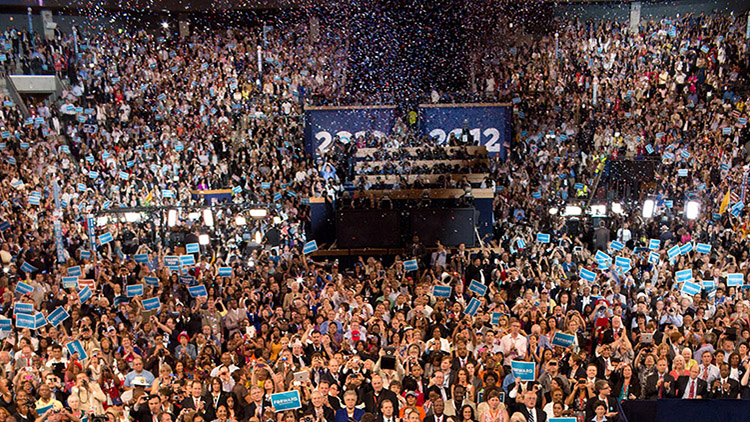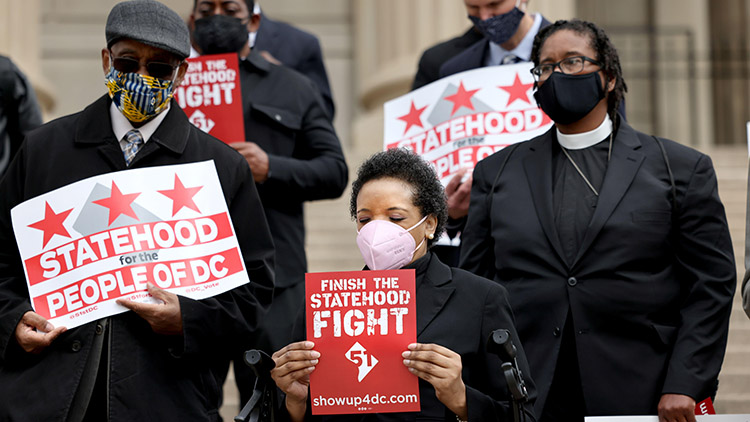
Did you know that 70 years ago, Black children could not go to the same schools as White children? This was because of a policy called segregation. Segregation kept people of different races separated. People who supported segregation claimed it was legal. They said segregation was OK if people had to use facilities that were “separate but equal.” “Separate but equal” was introduced in the 1896 Supreme Court decision called Plessy v. Ferguson. It allowed states to force Black people to use different facilities from White Americans.
However, at times segregation had been successfully challenged in court. In 1885, a California court ruled in Tape v. Hurley that schools could not exclude the children of Chinese immigrants. In 1946, a case called Mendez v. Westminster ended the segregation of Mexican American children in California schools. The road was paved to challenge segregation throughout the nation.

In 1953, the family of Linda Brown brought a new case to the courts. This case was called Brown v. Board of Education. Linda had to go through tough conditions to go to school every day. The only bus stop she could use to go to her school was six blocks away from her house. Linda had to go through a railyard to get there, crossing train tracks. Some days she had to walk through rain and snow. There was a school closer to her house, but it was only for White students.
The Browns joined with several families to take action. They got help from the National Association for the Advancement of Colored People (NAACP). The NAACP is a group that helps Black people in cases of discrimination. They sued the Topeka Board of Education to desegregate schools. A district court used the old Plessy v. Ferguson case to say that the schools were equal, so they kept segregating people.

However, the case did not end there. Other people across the country had legal cases involving segregation. These cases were combined with the Brown’s case. These cases were brought to the United States Supreme Court. The Supreme Court took until May 17th, 1954, to make a decision on segregation. They decided that separate was not equal. Over time, schools across America were desegregated. This decision was very important. It opened the way for other civil rights movements to argue their cases and desegregate some parts of the US. Some places resisted desegregating schools. Law enforcement even stepped in to make sure all people had the right to go to the same schools.
What Do You Think? When people are treated unfairly, what can they do to help change things?
Photo Credit: [top]Library of Congress, Prints & Photographs Division, photograph by Carol M. Highsmith [LC-DIG-highsm-67074]; [bottom] Library of Congress Prints and Photographs Division [LC-USZ62-112705]



